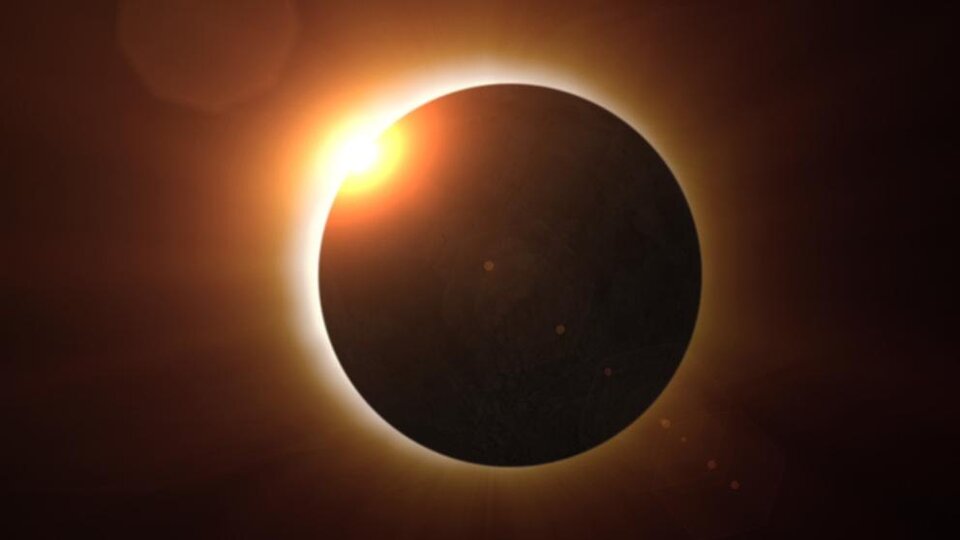“Total solar eclipse is rare, occurring every two years in very different parts of the world, because in any part of the world they can happen and basically in a region like Argentina they happen once every generation or even two generations. It is something quite unprecedented and special when it happens “, said the Argentine astronomer who was a candidate for the Nobel Prize in Physics Julio Navarro.
The renowned astronomer of Santiago origin, who currently lives in Canada, explained that this December 14 phenomenon that will be seen in Argentina and Chile “is going to happen around noon in the south of the countryIt is a strip that practically cuts through Patagonia, more or less from Junín de los Andes, passing through Piedra de Águila and ends in Las Grutas, near Viedma, that is the total area that has a width of approximately 100 kilometers ” .
“It is the shadow of the moon that will basically cross PatagoniaGoing out to the sea, that’s why in any of those places in our country it will look very good, “he said and added that” it is important to see it in places where there are no clouds, because if there are clouds you won’t see much. “
At the same time, he commented that “outside that 100-kilometer strip, the effect will be quite less, since it will look like a little cloudy, but you can hardly see anything with the naked eye, so it is best to see it with some kind of lens, projection or telescope well adapted for looking at the sun. “
The astronomer was enthusiastic about this eclipse and recommended that “anyone who can go to those places and experience it should do so, because it is one of the few times that on a human scale one can observe or have that feeling of an effect on the skin astronomical, which in this case occurs when the Moon comes between the Sun and the Earth “.
Likewise, he considered important “to be careful”, because “you should never look directly at the sun with your eyes, they have to look at it with a lot of protection and the protection must be well approved, not just any, it has to be of the order of a lens of a soldering iron so that our eyes do not suffer “.
“We should never look directly at the Sun to prevent optical damage,” Navarro said.
The specialist commented that he had the opportunity to see “some solar eclipses and they are truly overwhelming phenomena, especially if one is in the part of totality which is when they last in the order of a couple of minutes, the maximum duration is two minutes. and a half in the center of that strip that in this case in Argentina goes from Junín de los Andes to Las Grutas “.
“Of course one must be prepared, and when totality occurs if one is in a place that can see the horizon unimpeded, without a mountain or a hill, what one sees is that the whole sky becomes dark, except that on the horizon at 360 degrees there is light, because one can see the part outside the shadow; it is so that 100 kilometers away if one has a good view of the horizon, one sees that the sky is dark except around the horizon, in where it is a small strip of light that illuminates the entire horizon, “Navarro assured Telam.
For astronomers and scholars this solar eclipse is also considered interesting, since “it presents the opportunity to study the” solar corona “, which are the gases in the upper atmosphere of the Sun”.
“It also helps astronomers study how starlight deflects when it passes close to the sun; it is how Einstein’s theory of general relativity was confirmed“, he specified.
In this sense, it should be remembered that in 1919 a total eclipse of the Sun allowed a group of scientists to test Albert Einstein’s Theory of General Relativity for the first time and consolidate one of the greatest revolutions in the history of science.
– .


